1. From Pony Express to Drones and Robots
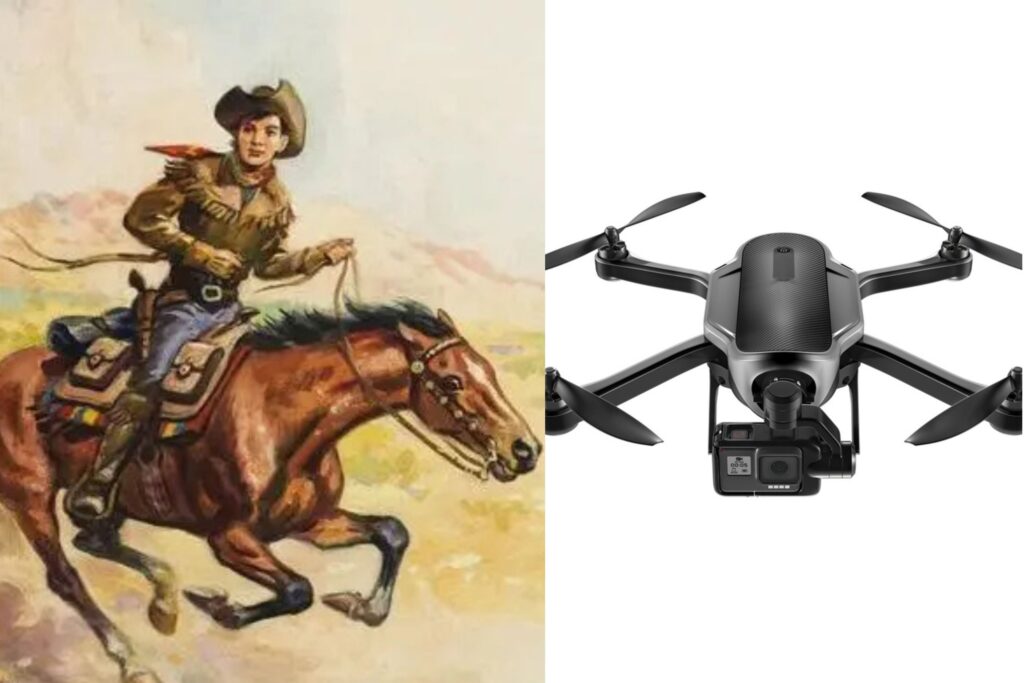
It is amazing how delivery has changed over time. Once upon a time, letters traveled by horseback and weeks passed before loved ones heard from one another. Today, orders arrive in hours with just a click. We are seeing drones, robots, and even artificial intelligence transform the way goods reach us. These advances are not far-off ideas, they are being tested and used right now. Some are flashy and futuristic, others are simply practical. Together they reveal how quickly the future of delivery is arriving and what it might look like tomorrow.
2. Walmart + Wing & Zipline Drones
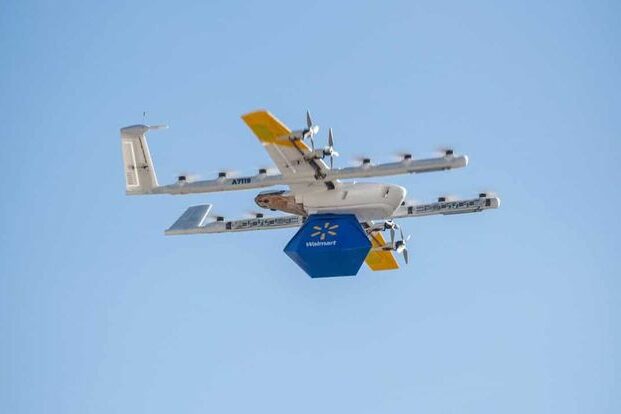
Walmart has become a surprising leader in drone deliveries, proving the idea is more than a novelty. Since 2021, the company has completed well over 150,000 drone drop-offs, ranging from everyday essentials to small gadgets and medicines. With partnerships that extend to nearly 100 more stores, it is clear Walmart is serious about the skies. The beauty lies in the speed, where customers can receive items in minutes rather than hours. Watching a package descend gently into a backyard feels surreal, yet it is fast becoming part of normal life for shoppers.
3. UPS Flight Forward
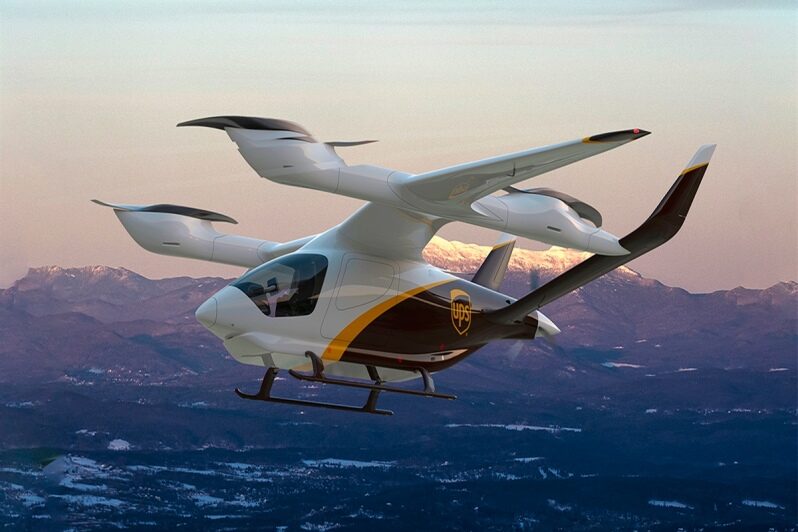
UPS has taken drone delivery in a different direction, focusing more on healthcare than convenience. Through its Flight Forward division, it has FAA approval to transport prescriptions, lab samples, and medical supplies across hospital campuses. This means deliveries bypass heavy traffic, getting vital items to patients and doctors faster than traditional couriers. It is less about snacks and shopping and more about saving time when it matters most. By dedicating drones to medical use, UPS shows this technology can be both practical and meaningful, improving lives with quicker, more reliable access to care.
4. Zipline’s Next-Gen Precision Drops
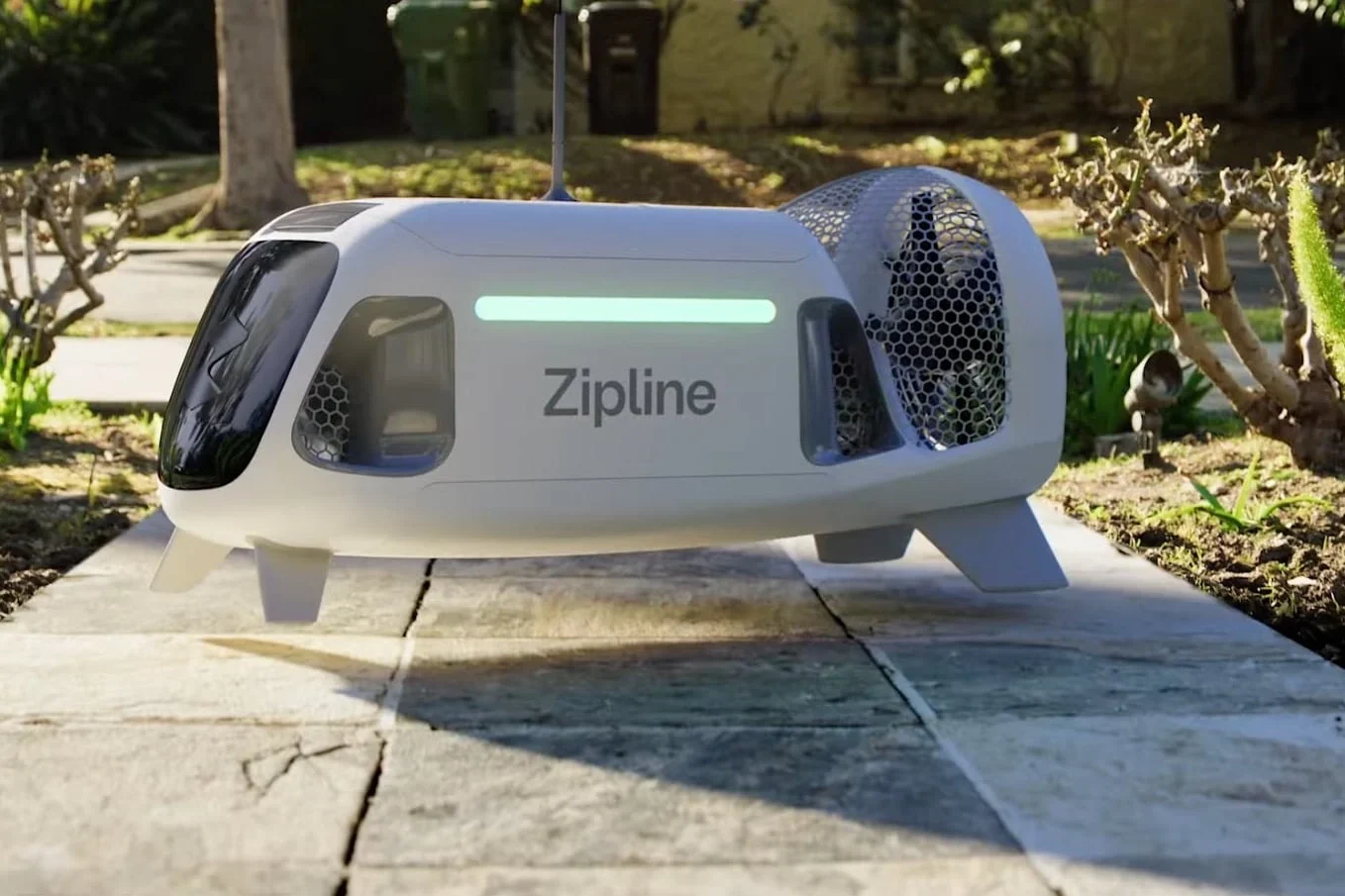
Zipline has introduced drones with a special tether system that lowers deliveries directly to the exact spot they are needed. Instead of dropping packages from above, these drones gently place goods on doorsteps, tables, or designated spots. Already running in Texas, Utah, and North Carolina, the system is being used for both medical and retail deliveries. It feels futuristic but simple at the same time, blending high technology with daily convenience. Watching a drone lower a pizza or a clinic supply on a wire is like living in a scene from tomorrow.
5. Amazon Prime Air (Paused Pilots)
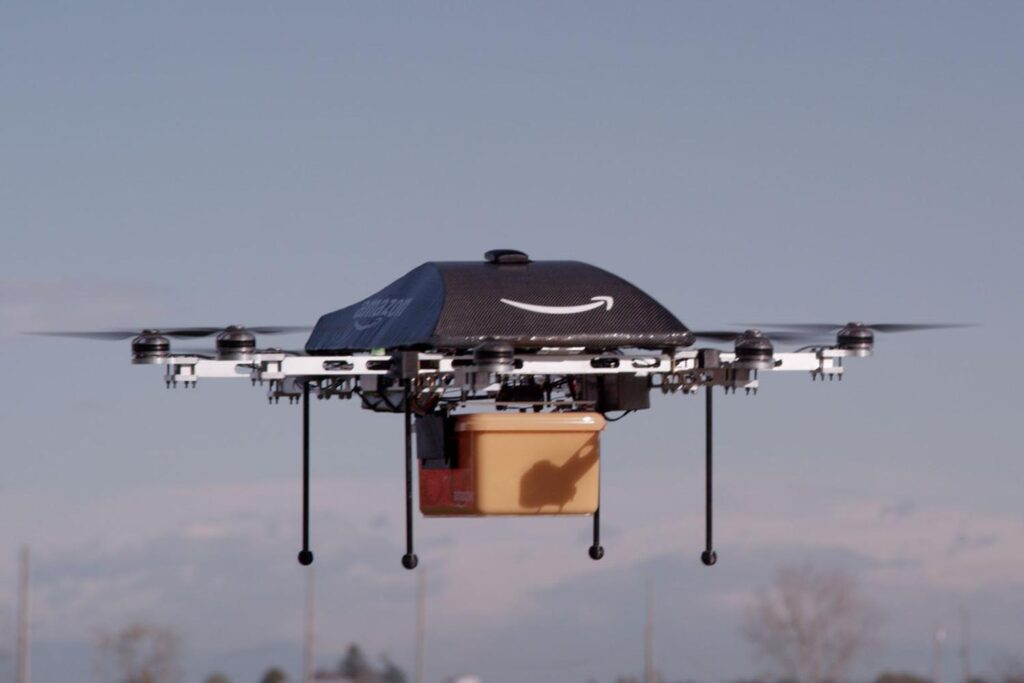
Amazon once promised drone delivery would become an everyday thing. While the excitement remains, its program is still limited to test areas in California and Texas. In 2025, some flights paused for software upgrades, showing the challenges of scaling such an ambitious plan. Even so, the company insists it is still fully committed to making drone delivery work. The vision has not disappeared, it has just slowed down. Whether Amazon catches up or competitors move faster, this chapter proves even the biggest players face hurdles in reimagining how we get our packages.
6. Starship Sidewalk Robots
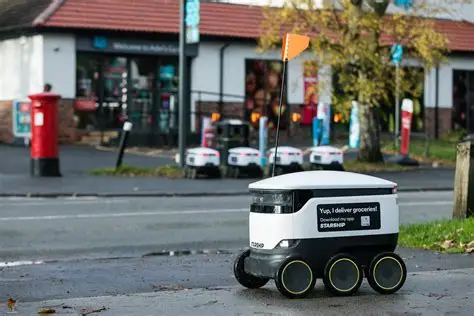
Starship’s little delivery robots are rolling their way into everyday life, especially on college campuses and city sidewalks. They are compact, quiet, and efficient, handling millions of food and package drop-offs already. Students and residents enjoy the novelty, but the real value is in the convenience. These robots avoid traffic, work in almost any weather, and provide reliable service without drivers. Watching them travel down sidewalks with blinking lights feels both futuristic and friendly. They may not cover long distances, but for short neighborhood runs, they show small machines can carry big potential.
7. Nuro Driverless Vans
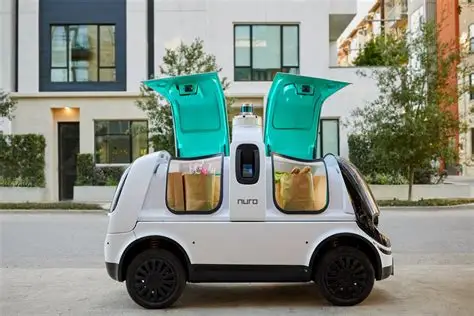
Nuro’s delivery vehicles are not designed for passengers but entirely for goods, which makes them different from typical self-driving cars. They look like rolling coolers on wheels, built to safely navigate neighborhoods while carrying groceries and essentials. Walmart, Kroger, and Uber Eats are already using them in selected areas. Customers unlock the vans with special codes and grab their orders quickly. It feels unusual at first, but the routine soon becomes normal. Nuro proves autonomous delivery does not need to look futuristic or complicated. Sometimes, practicality and safety are the best innovations.
8. Autonomous Robotaxis
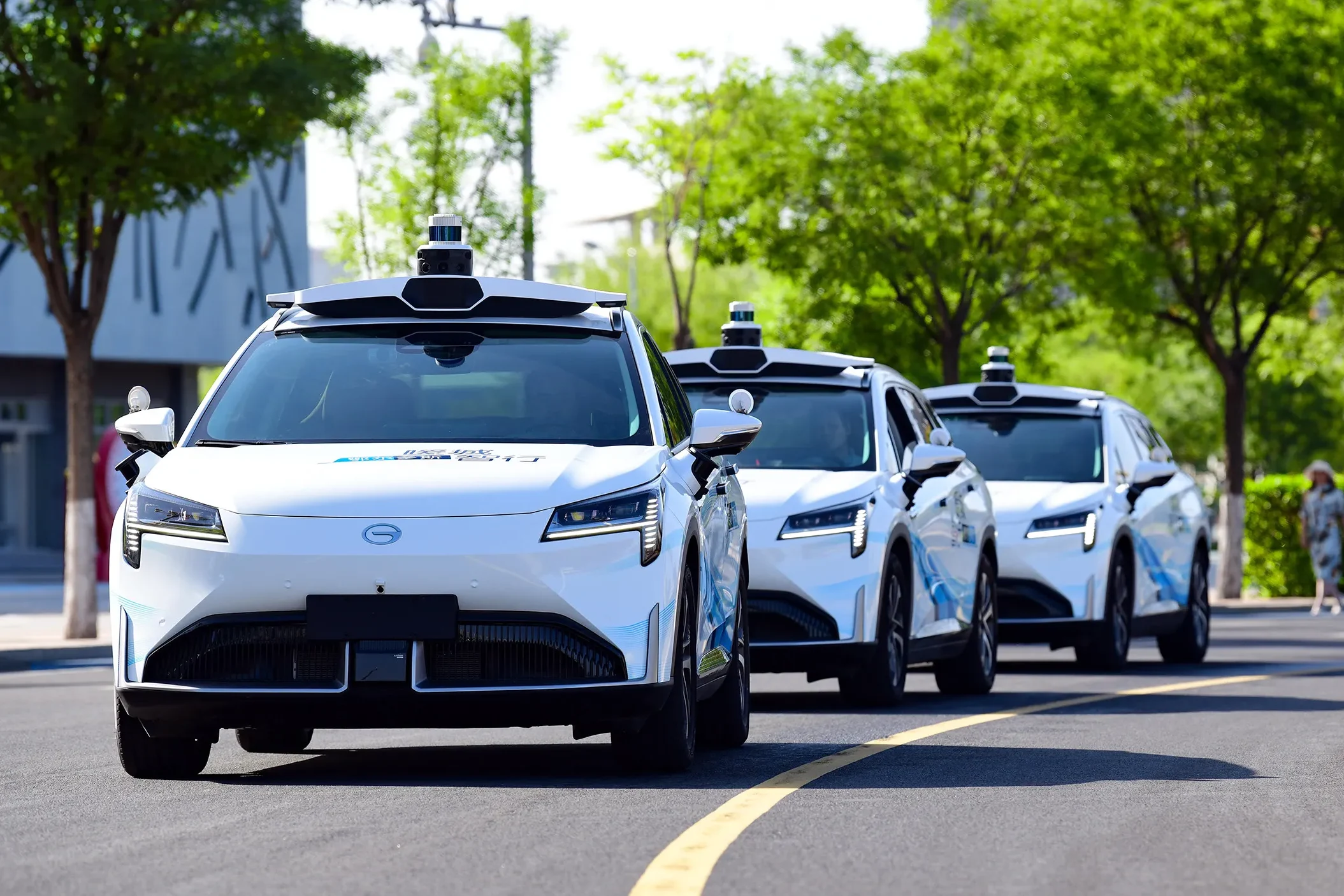
Companies like Waymo and Cruise have experimented with using self-driving cars for more than just transporting people. These robotaxis are being tested for delivering groceries and small packages, running during quieter hours to make better use of vehicles. Cruise had paused its operations in 2023, but is gradually returning with safety adjustments. The idea is simple: cars that drive themselves could also deliver what we need, doubling their usefulness. It is still early days, but robotaxis may eventually weave delivery into their routes, quietly reshaping how goods move through our cities.
9. AI Route Optimization
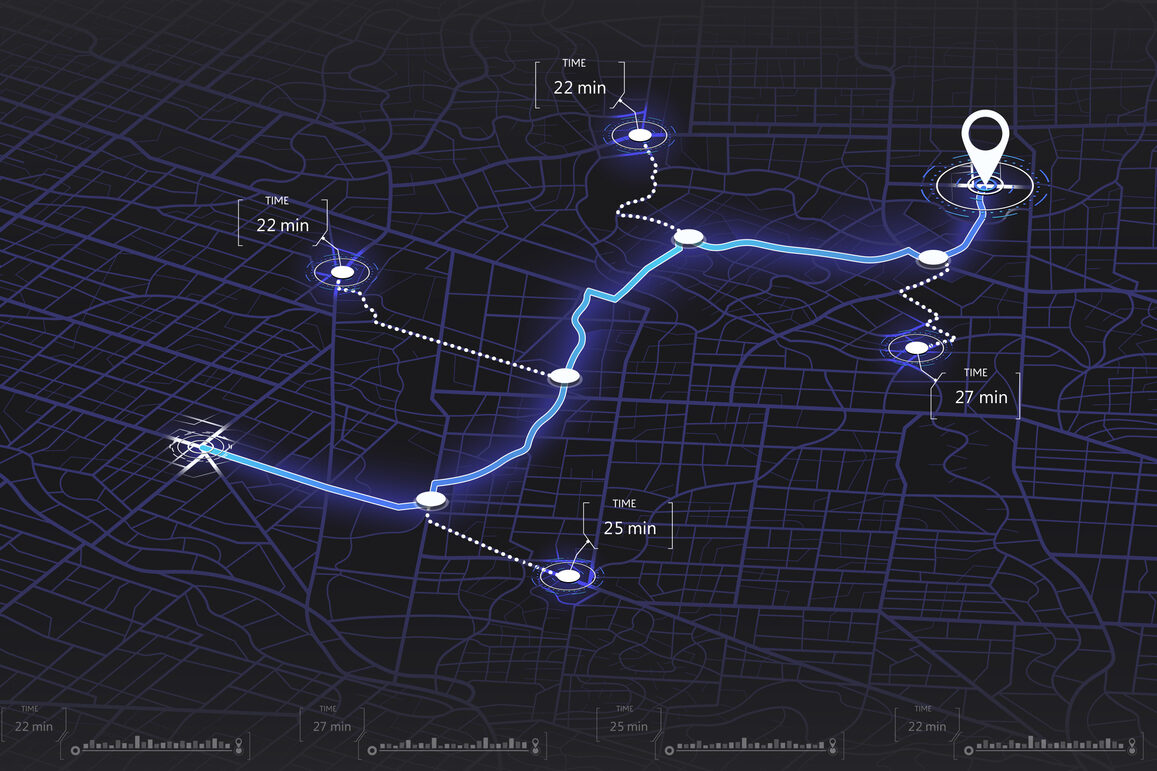
Artificial intelligence has become a hidden hero in delivery. Systems used by companies like UPS and FedEx help drivers save time and fuel by planning the smartest routes possible. These programs account for traffic, weather, and even the direction of turns to create efficient paths. The result is faster delivery, less fuel wasted, and fewer emissions. For customers, it often means packages arrive more predictably. For companies, it saves millions each year. It might not look as flashy as drones or robots, but AI routing quietly powers much of modern logistics today.
10. Micro-Fulfillment Centers
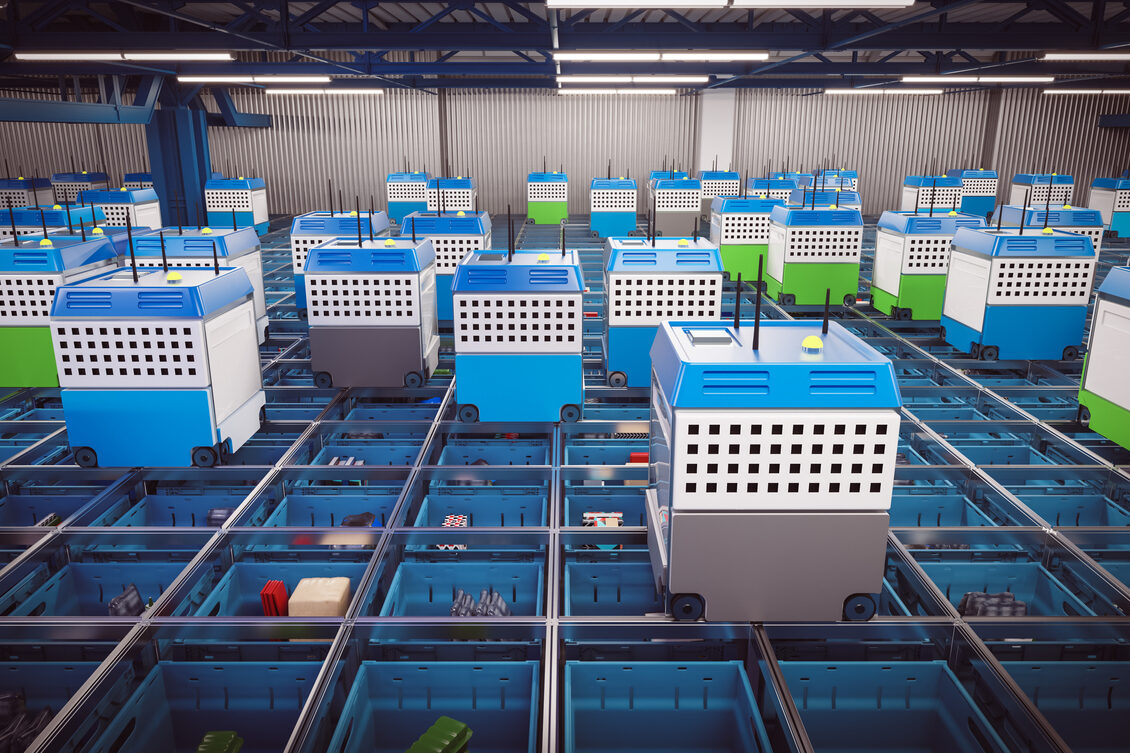
Instead of only relying on massive warehouses far away, retailers are now creating small storage hubs closer to neighborhoods. These micro-fulfillment centers are designed to speed up same-day deliveries, sometimes cutting wait times to just a couple of hours. They stock popular items and serve as quick turnaround points for local orders. Target and Walmart are already embracing the model in busy cities. By reducing the distance goods travel, these centers ease strain on delivery systems while giving customers speed and convenience. It is a local solution with national impact on shopping habits.
11. Smart Lockers
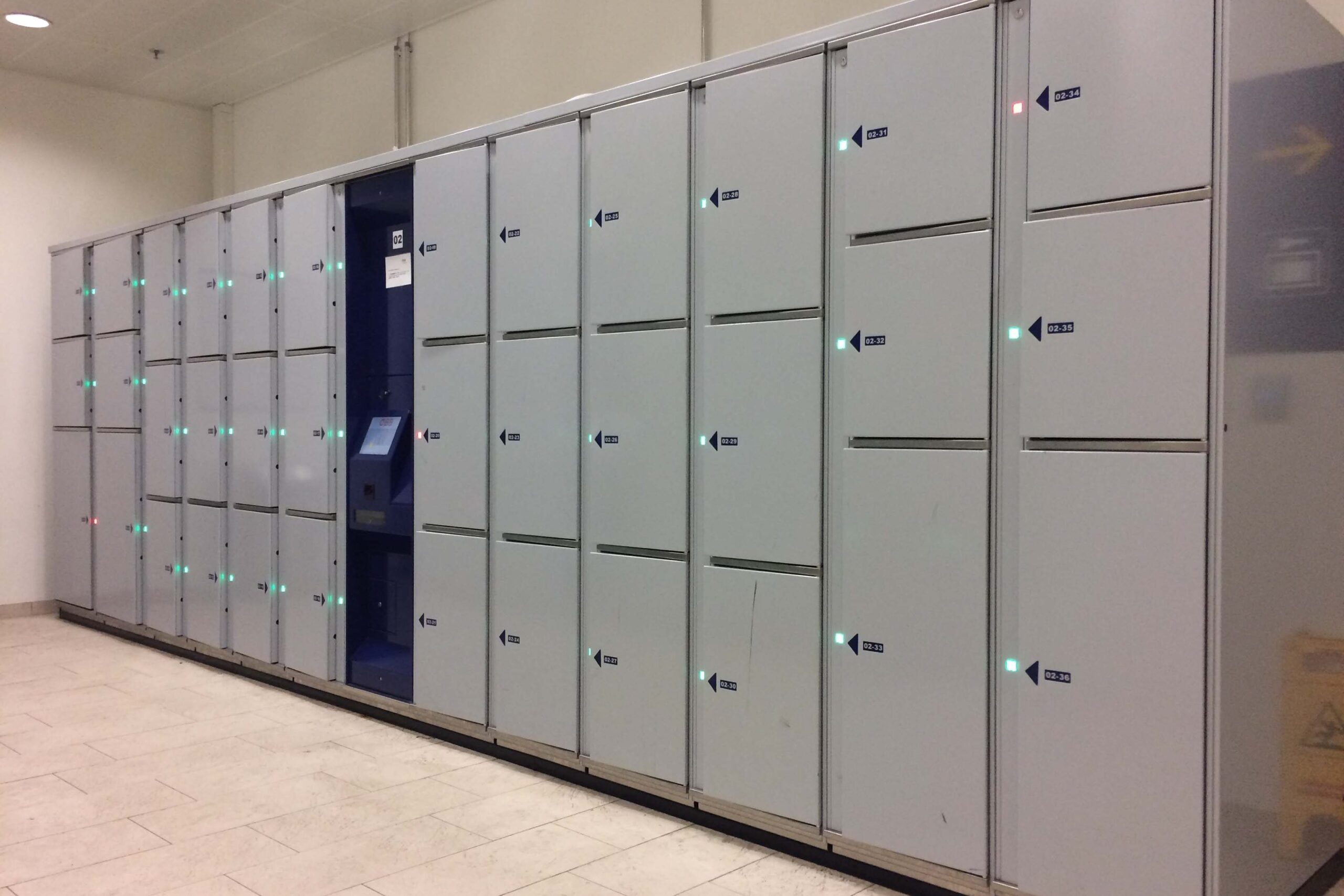
Smart lockers are changing how we pick up packages, making the process more flexible and secure. Services like Amazon Hub and UPS Access Points allow customers to grab their orders when it fits their schedules. Instead of worrying about missed deliveries or stolen boxes, people simply scan a code and open the locker when convenient. They are especially helpful for apartments and offices where traditional door-to-door delivery can be tricky. It is a simple upgrade but one that reduces wasted trips for drivers and stress for customers. Sometimes small fixes make the biggest difference.
12. Cargo E-Bikes
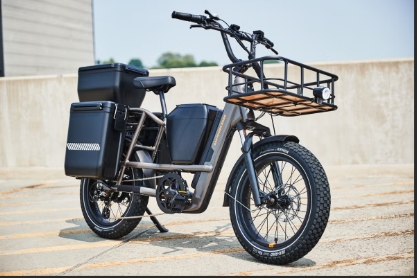
In crowded cities where vans clog the streets, cargo e-bikes are proving to be a smart alternative. Companies like Amazon and UPS now use them for short trips in places like New York and Seattle. These bikes are equipped with sturdy trailers that carry parcels, groceries, and packages efficiently through traffic. They are quieter, cleaner, and often faster than trucks in busy areas. Delivery drivers can reach customers quickly without battling gridlock. It is a reminder that not every innovation has to be futuristic. Sometimes, the simplest tools reinvent themselves to meet modern needs.
13. Drone Mailbox Concepts
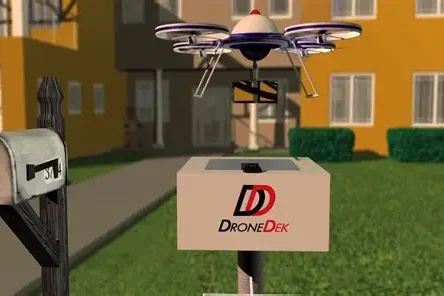
Looking into the future, engineers are developing drone-friendly mailboxes that could become part of everyday homes. These rooftop or yard-based stations would allow drones to land securely and drop packages without human assistance. The idea is still experimental, but it hints at a world where deliveries arrive from the sky directly into a locked and protected container. It sounds futuristic, but the pieces are already being tested. From horses to drones, the journey of delivery shows no signs of slowing. Perhaps the next step is building homes ready for packages from above.
This story 13 Surprising New Ways Your Packages Could Arrive Soon was first published on Daily FETCH


